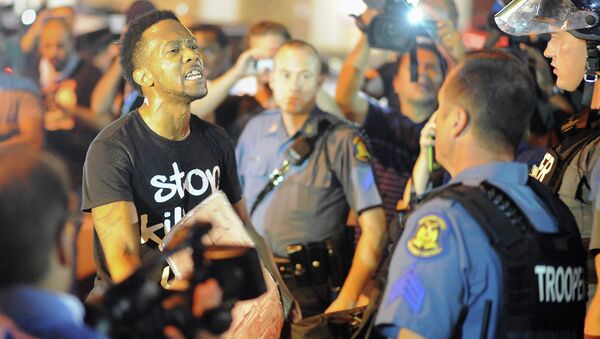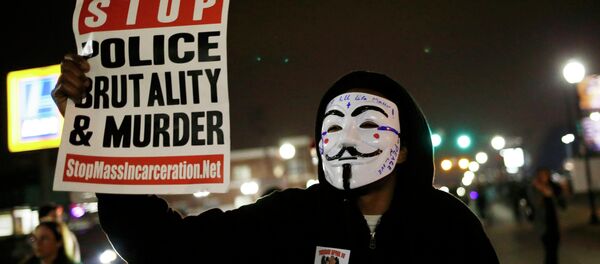The protests took place in response to the fatal police shooting of unarmed African American teenager Michael Brown, reigniting the debate about police brutality and racial profiling in the United States.
"There was a lack of effective communication and information management," the report said. "Communication gaps led to tactical and strategic uncertainty within law enforcement agencies, between law enforcement agencies and with the community."
The report found that "no effective protocols" and inconsistent training among responding officers led to police being unable to identify an appropriate response to the demonstrations.
"Because of the lack of clear direction for unified operational policies, officers from more than 50 law enforcement agencies involved in the response to the mass gatherings typically relied on their parent agency’s policies to govern their actions, the report said.
The Justice Department added in the report that the lack of "consistency in policy led to unclear arrest decisions, ambiguous authority on tactical orders, and a confusing citizen complaint process."
The Justice Department explained that social media was a "key global driver" of all aspects of the Ferguson protests that facilitated crowd building and movement as well as helped shape opinion.
"A better and more immediate grasp on the use of social media during emergency situations is necessary if law enforcement is to cope effectively with similar future events," the report highlighted. "A law enforcement agency should develop a social media strategy and capacity, as well as policies and procedures that align with the agency’s mission and culture."
The Justice Department also noted that the use of canine units on demonstrators was "an inappropriate and ineffective strategy."
Moreover, it added that dispensing tear gas on protesters was deployed inappropriately, without proper warning and documentation that justified and tracked its use.



